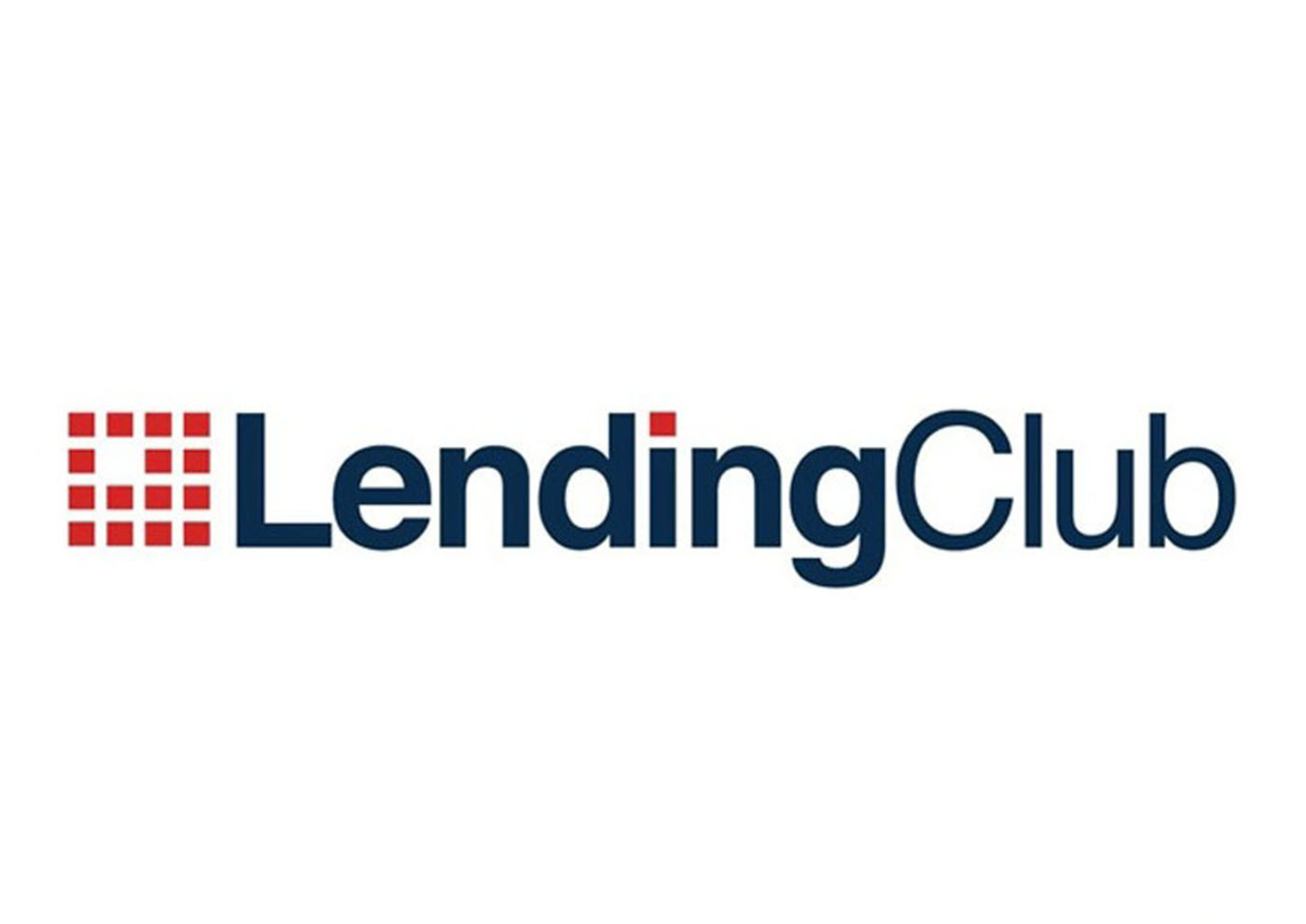New update on March 16: Fed rate cut lowers interest rates to near zero—but how much are you really saving on your credit card debt?
The Federal Reserve Board cut interest rates by half a point in a surprise announcement Tuesday, March 3, in an attempt to combat the "evolving risks to economic activity" caused by the coronavirus (COVID-19), according to a statement by the Fed. This marks the most recent emergency rate cut since the 2008 financial crisis.
"My colleagues and I took this action to help the U.S. economy keep strong in the face of new risks to the economic outlook," Fed Chairman Jerome Powell said in a press conference.
The effects of the coronavirus "remain highly uncertain and the situation remains a fluid one," Powell explained. "We do recognize that a rate cut will not reduce the rate of infection… but we do believe that our action will provide a meaningful boost to the economy."
When the Fed cuts rates, it affects the various terms of financial products, such as interest rates on credit cards, mortgages, loans, savings accounts and more. Below, Select explains the affect that the emergency rate cut has on your credit card.
What does the Fed cut mean for your credit card?
When the Fed cuts interest rates, variable rate credit cards are affected in a similar way. That's because card issuers base interest rates off the prime rate, which is directly influenced by the Fed's benchmark.
It's a domino effect: The Fed lowers the benchmark interest rate, then the prime rate decreases and lastly credit card APRs drop.
You can expect your credit card's interest rate to decrease by roughly 0.50% from the latest Fed cuts. So if your interest rate is 15.74% it may drop to 15.24%. This change can take one to two billing cycles, so be on the lookout for a lower APR within the coming month or so.
Will the Fed rate cut help with existing debt?
While a rate cut can seem like a good thing for cardholders, it's really not much help for those in debt. A slight decrease in APRs may send an optimistic signal, but a half percentage point cut will not add up to much savings on lingering high-interest balances.
If you have high-interest credit card debt, don't be tempted to only make your minimum payments. With debt top-of mind, it's an appropriate time to consider a balance transfer credit card to rid yourself of credit card debt once and for all.
Get out of debt with a balance transfer
Americans carry an average of $6,194 in credit card debt, leaving plenty of room to save money with a balance transfer credit card that offers an introductory 0% APR period. You can transfer existing debt from interest-bearing credit card(s) to a card that offers no interest for up to 21 months.
By completing a balance transfer and making sizable, monthly payments toward your debt, you'll be able to pay off debt faster than on a card with interest, where a portion of your payment goes toward interest charges.
If you want the most time to pay off debt, consider the Citi Simplicity® Card with 0% intro APR for 21 months on balance transfers from the date of first transfer (after, 19.24% - 29.99% variable APR; see rates and fees). Balance transfers must be completed within four months of account opening and there is an intro balance transfer fee of 3% of each transfer (minimum $5) completed within the first 4 months of account opening. After that, your fee will be 5% of each transfer (minimum $5). Or the Discover it® Balance Transfer with an introductory 0% APR period for the first 18 months on balance transfers (after, 17.24% - 28.24% variable APR; there is a 3% intro balance transfer fee, then up to 5% on future balance transfers, see terms).
Just know that balance transfers typically set maximum limits to the amount of debt you can transfer, and transfers between cards from the same bank aren't allowed. As a rule of thumb, read the fine print before requesting a balance transfer. And be aware that having good or excellent credit is often required to qualify for a balance transfer card. (Learn how to make the most of your balance transfer.)
For rates and fees of the Discover it® Balance Transfer, click here.






